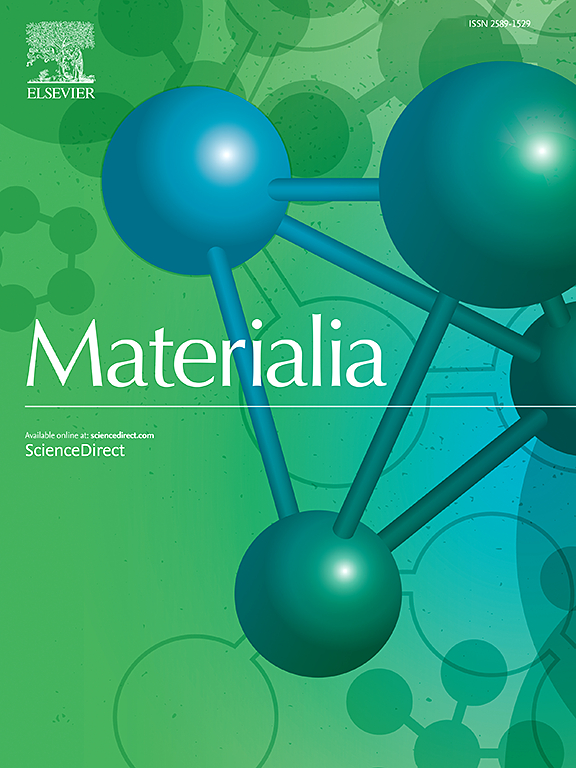Beyond transmission electron microscopy imaging: Atom probe tomography reveals chemical inhomogeneity at stacking fault interfaces in InGaN/GaN light-emitting diodes
IF 3
Q2 MATERIALS SCIENCE, MULTIDISCIPLINARY
引用次数: 0
Abstract
In this study, we present an atom probe tomography investigation of zincblende InGaN-based multi-quantum well light-emitting diode (LED) structures with a specific focus on the influence of stacking faults within the system. We demonstrate that the visualisation of stacking faults in atom probe reconstructions is possible due to previously documented sensitivities of measured composition in III-V materials to local variations in electric field during the experiment. Meanwhile, we quantify the composition of indium (In) in the InGaN quantum wells and establish that elongated regions exist, parallel to ridges on the sample surface, in which the indium content is increased. We discuss this observation in the context of previous scanning transmission electron microscopy (STEM) data which suggested that such In rich regions are associated with stacking faults. Our experiments not only showcase the feasibility of stacking fault characterization in InGaN-based multi-quantum well LEDs through atom probe tomography (APT) but also offer a practical pathway towards three-dimensional imaging and compositional analysis of stacking faults at the atomic scale.

超越透射电子显微镜成像:原子探针断层扫描揭示了InGaN/GaN发光二极管层错界面的化学不均匀性
在这项研究中,我们提出了一种基于锌闪锌矿ingan的多量子阱发光二极管(LED)结构的原子探针层析成像研究,特别关注了系统内层错的影响。我们证明,由于先前记录的III-V材料中测量成分对实验过程中电场局部变化的敏感性,原子探针重建中堆叠错误的可视化是可能的。同时,我们量化了InGaN量子阱中铟(In)的组成,并确定了样品表面存在与脊平行的细长区域,其中铟含量增加。我们在先前的扫描透射电子显微镜(STEM)数据的背景下讨论了这一观察结果,这些数据表明,这种富集区域与堆积断层有关。我们的实验不仅展示了利用原子探针断层扫描(APT)表征ingan基多量子阱led层错的可行性,而且为层错在原子尺度上的三维成像和成分分析提供了一条实用的途径。
本文章由计算机程序翻译,如有差异,请以英文原文为准。
求助全文
约1分钟内获得全文
求助全文
来源期刊

Materialia
MATERIALS SCIENCE, MULTIDISCIPLINARY-
CiteScore
6.40
自引率
2.90%
发文量
345
审稿时长
36 days
期刊介绍:
Materialia is a multidisciplinary journal of materials science and engineering that publishes original peer-reviewed research articles. Articles in Materialia advance the understanding of the relationship between processing, structure, property, and function of materials.
Materialia publishes full-length research articles, review articles, and letters (short communications). In addition to receiving direct submissions, Materialia also accepts transfers from Acta Materialia, Inc. partner journals. Materialia offers authors the choice to publish on an open access model (with author fee), or on a subscription model (with no author fee).
 求助内容:
求助内容: 应助结果提醒方式:
应助结果提醒方式:


